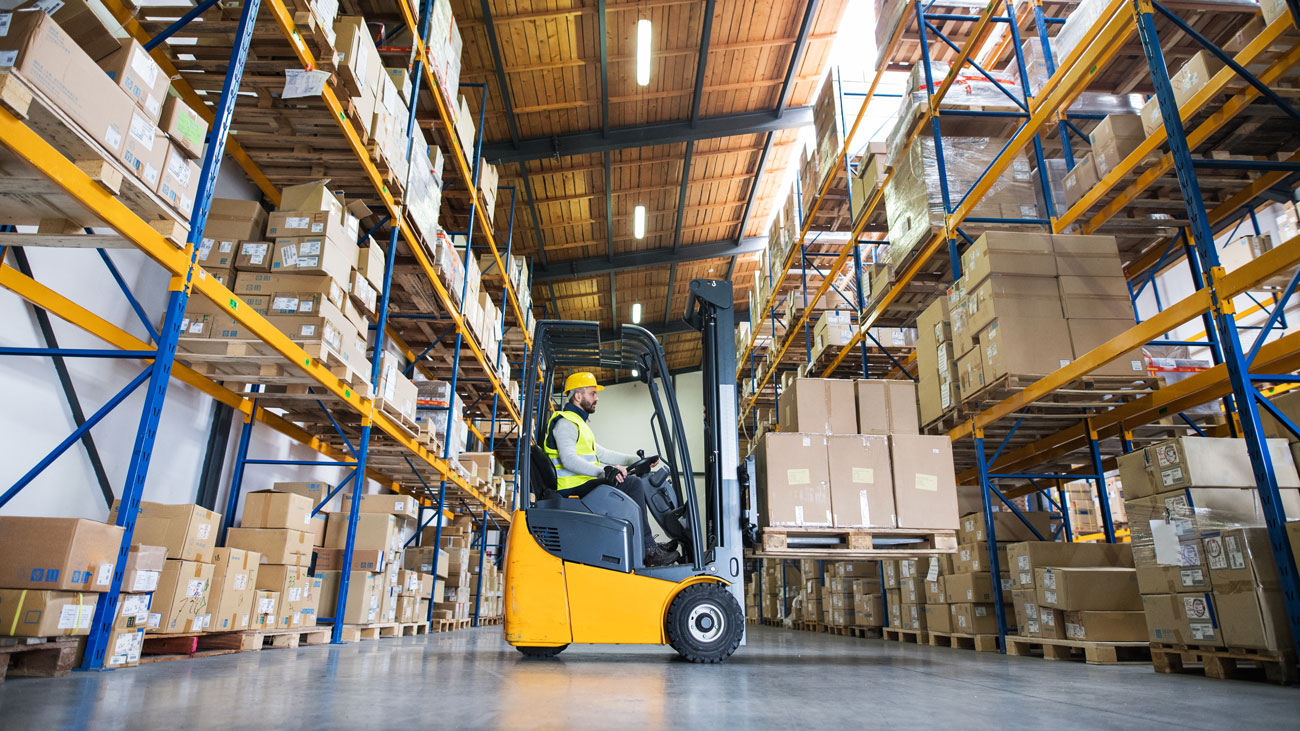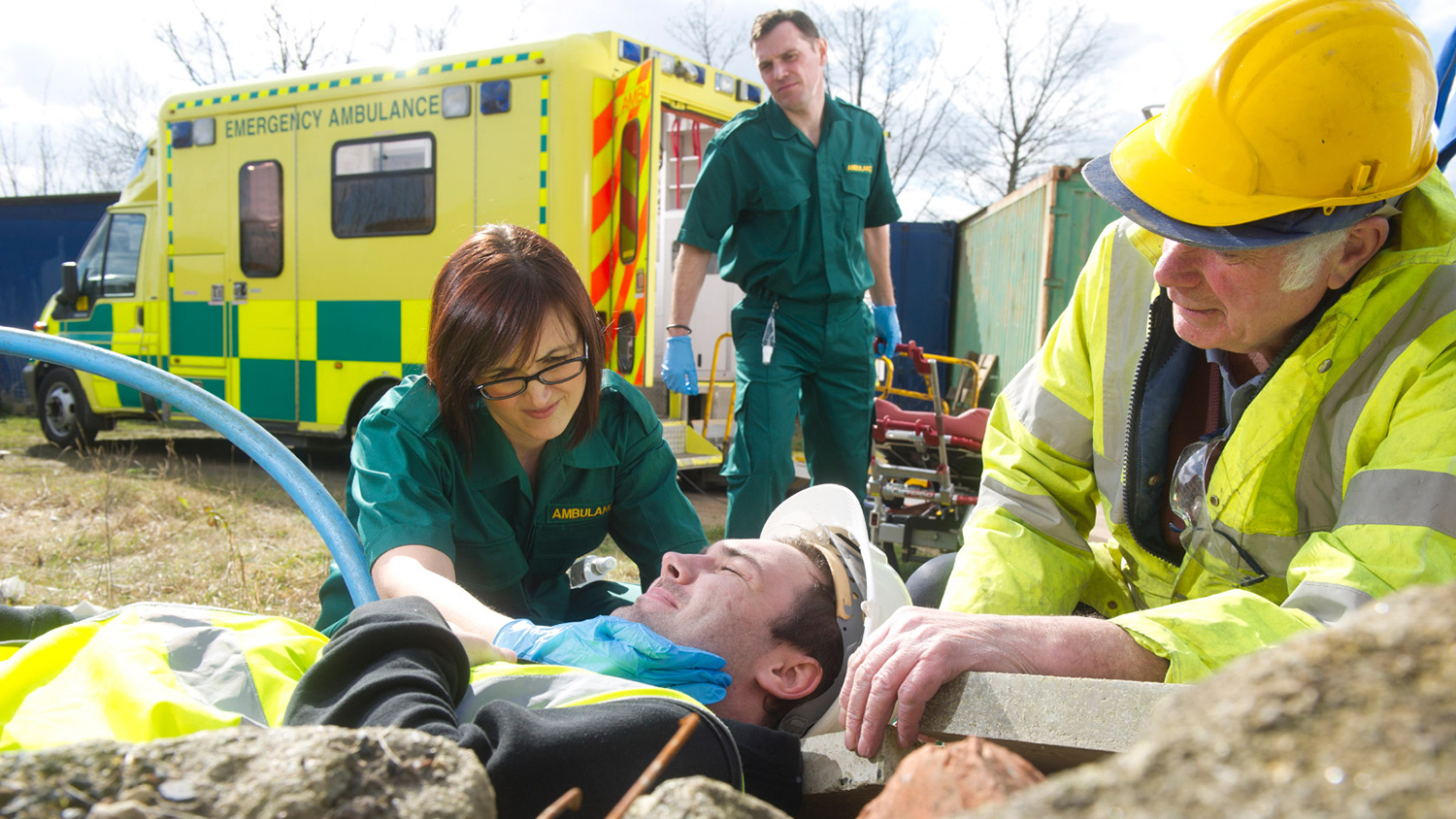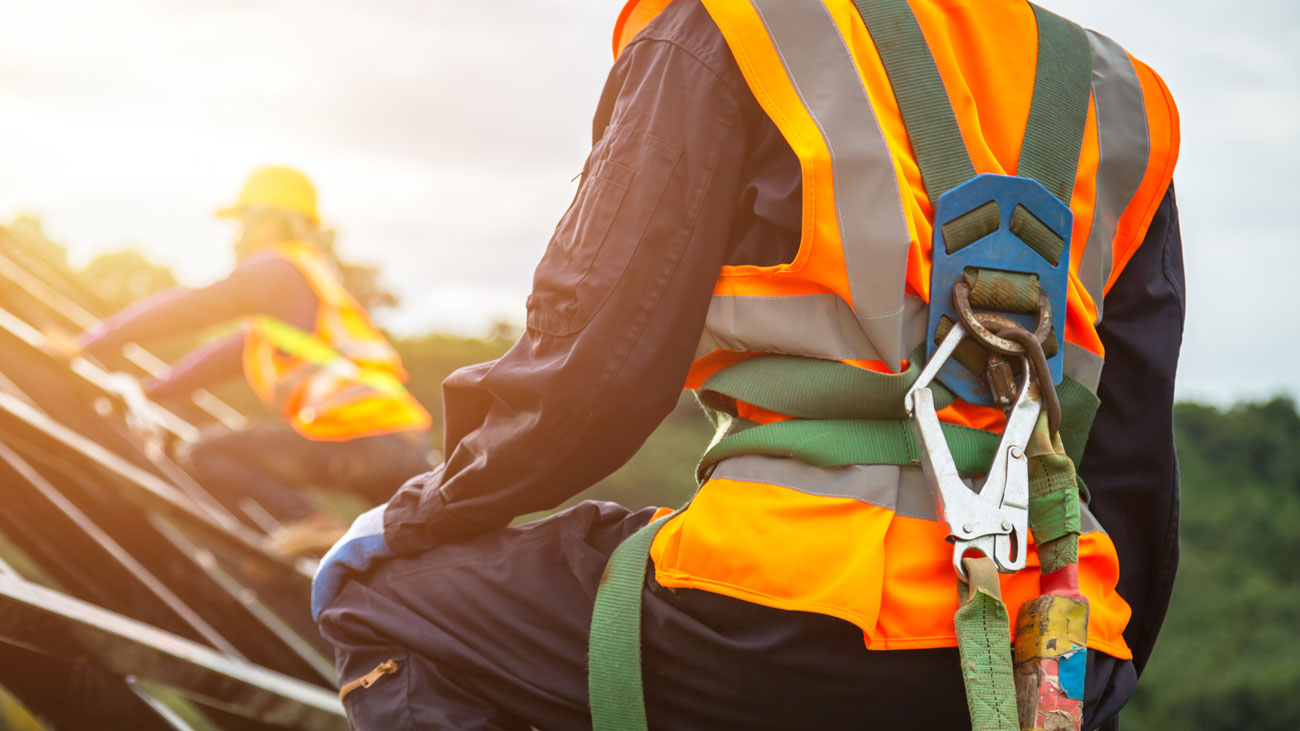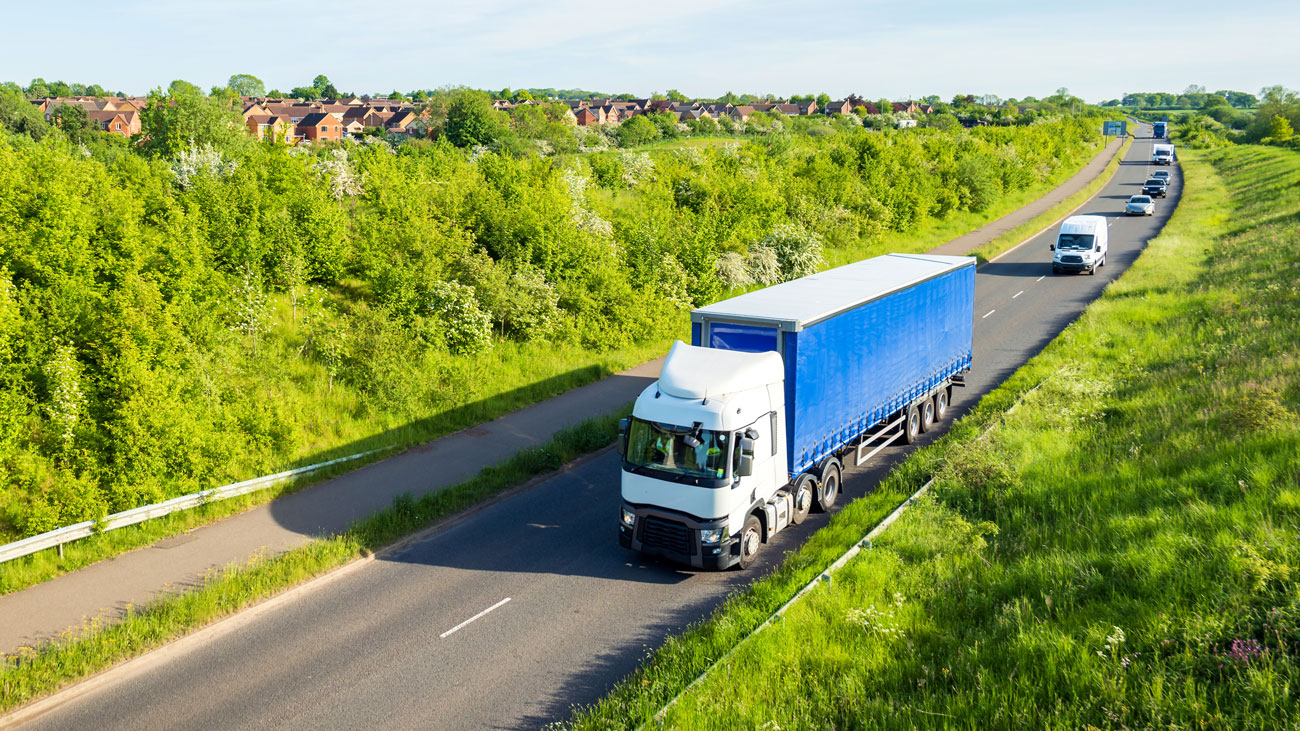
Is a fall from a vehicle a fall from height?
Falls from height might not be an obvious risk in the transport industry, but they are in fact a pervasive and dangerous hazard, contributing to a significant number of workplace injuries and fatalities each year. This issue spans various sectors within the industry, from freight and logistics to public transport and construction transport. Addressing this challenge requires a comprehensive understanding of the risk factors, effective preventive measures and adherence to regulatory standards.
Understanding the risk factors
Falls from height can occur in numerous scenarios within the transport sector. Common situations include:
- Loading and unloading freight: Workers often need to climb onto trailers, trucks or loading docks to handle cargo, increasing the risk of falls, particularly if proper safety measures are not in place.
- Maintenance work: Mechanics and maintenance personnel frequently work on elevated surfaces, such as the tops of buses, trucks or trains. Without appropriate fall protection, these tasks can be hazardous.
- Construction transport: In the construction sector, falls from scaffolding, ladders, or construction vehicles like cranes and dump trucks are common, posing significant risks to workers.
- Public transport: Passengers and staff may fall on stairways or escalators within transport hubs, or while boarding and exiting vehicles, especially during crowded conditions or adverse weather.
Key risk factors
Several factors contribute to the prevalence of falls from height in the transport industry:
- Lack of proper guardrails and barriers: The absence of guardrails or barriers on elevated work surfaces can lead to falls.
- Inadequate training: Workers may not receive sufficient training on safe practices, proper equipment use, and fall protection.
- Slippery surfaces: Wet, oily or otherwise slippery surfaces on vehicles or platforms significantly increase the risk of slips and falls.
- Improper use of equipment: Incorrect use of ladders, scaffolding, and other equipment can result in falls from height.
Preventive measures
Addressing the issue of falls from height involves implementing a range of preventive measures, including:
- Safety training: Providing comprehensive training for workers on safe practices, the correct use of personal protective equipment (PPE) and the recognition of fall hazards.
- Use of fall protection equipment: Ensuring the use of appropriate fall protection gear, such as harnesses, guardrails and safety nets, especially in high-risk areas.
- Regular maintenance and inspections: Conducting regular maintenance and inspections of equipment, vehicles and work areas to identify and mitigate potential hazards.
- Safe work procedures: Developing and enforcing safe work procedures for tasks involving heights, ensuring that workers follow these protocols consistently.
- Environmental controls: Maintaining clean, dry and well-lit work areas to prevent slips and falls, and addressing any environmental hazards promptly.
Falls from height in the transport industry present a significant safety challenge that requires a proactive and multifaceted approach. By understanding the risk factors, implementing effective preventive measures and adhering to regulatory standards, the industry can reduce the incidence of falls and enhance overall workplace safety. Ensuring the wellbeing of workers is not only a regulatory obligation but also a moral imperative, fostering a culture of safety that benefits everyone involved.
International Workplace’s Working at height course helps learners understand the dangers associated with working at height and implement ways to minimise and control the risks.
During the working at height course, learners will cover the following:
- Introduction to working at height.
- The legislation regarding working at height, including the requirements of the Work at Height Regulations 2005.
- Minimising the hazards and risk assessment.
- Use of work equipment when working from height.
- Fall arrest equipment, harness use and rope work.
- Emergency procedures.






